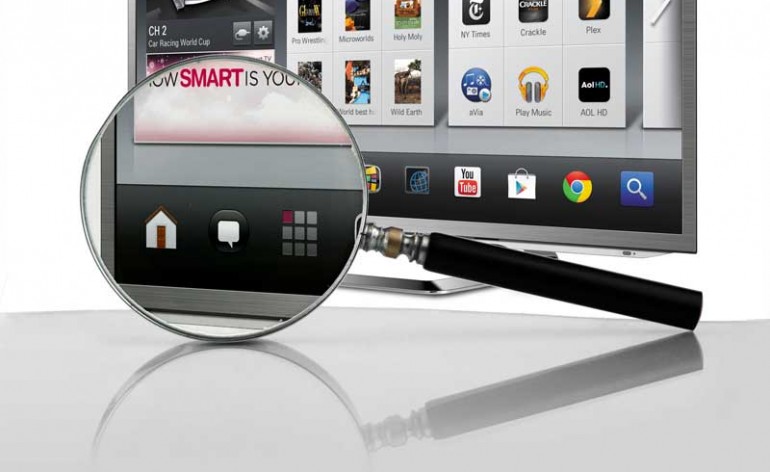What is 4K Upconversion and Do I Need It?
So you may have settled on whether or not you need a new 4K television but what about the new Blu-ray players, receivers and other systems that talk about “4K upconversion”? What is 4K up conversion and is that a feature you really need? What does it do? Those are the questions we’re attempting to answer in this article. And, frankly, they are questions and answers you need to understand to make informed buying decisions on a new surround receivers or Blu-ray players.
What is 4K Upconversion, Anyway?
4K is really amazing in terms of its improvement over 1080p. For starters, some may think, initially at least, that 4K is simply twice the resolution of 1080p (or 2K). In fact, it’s four times the resolution. 4K, or Ultra HD (UHD) as it’s also known, is 3840 x 2160—twice the pixel resolution in width and twice the line resolution in height. So you can stack 4 HDTVs together to get the pixel resolution of a single 4K display.
While that’s impressive, all of that extra resolution comes at a cost. When you’re dealing with 4x the pixels, you have nearly 4x the bandwidth as well. That means 4x the overhead in transmitting that data and 4x the amount of video processing. Now, it’s not an exact ratio, but you get the idea. 4K is a completely different animal—and consumers are still trying to learn how to adopt to Blu-ray and their newer high-definition displays. Even digital content providers are getting into the game with 4K DISH Joey set top receivers and the like.
4K Upconversion Explained
With new 4K televisions, you don’t have the choice to operate them in “1080p mode.” They have the pixels and you need to fill those pixels, so what you get is a situation where the TV will upconvert input signals to the native resolution of the display: 4K. In essence, it’s taking a 1920×1080 signal and scaling it up to 3840×2160 resolution. It HAS to do this, but while that sounds easy, it’s not. You don’t just resize the content, you also have to make sure that you don’t mess things up in the process. Horizontal and angled lines need to stay smooth, and you must make sure you get the timing right to avoid flickering on the hardware. It’s a pretty big deal, but most of the new 4K televisions and home theater projectors are doing a pretty decent job.
Which begs the question: If TVs are forced to provide 4K upconversion (and they are) then why do we need that feature on our surround receivers and 1080p Blu-ray players?
You don’t. Unless your TV does a horrible job of the upconversion process.
And there’s the rub. Manufacturers are putting out these scalers and upconverting devices simply to give themselves a marketing edge. “4K Upconversion” is something to talk about with respect to a feature-set in one product that may not be present in the competition. Still, it’s gotten to the point where, like 3D, everybody’s doing it.
That means that 4K upconversion, as a feature, isn’t important—yet—but it also shouldn’t steer you away from a product, should that feature be included. Just understand that 4K TVs won’t be hitting the market en masse anytime soon, and the 4K upconversion feature is going to be something that’s more important on your television, than on your Blu-ray player. The one exception, of course, will be gaming systems. Natively putting out 4K resolution on a video game will be a definite advantage for displays that can handle it—but that’s a different article altogether!
We’re not going to touch on everything, so if you’ve got something to add about 4K upconversion, drop us a line on Facebook or comment below and join in the discussion.







Great explanation! It’ll be interesting to see how 4k impacts home entertainment. There are already computers that output 4k and monitors that can display it, but they adapt pretty easily. Upconversion will only be done more efficiently as 4k becomes more accessible and commonplace.